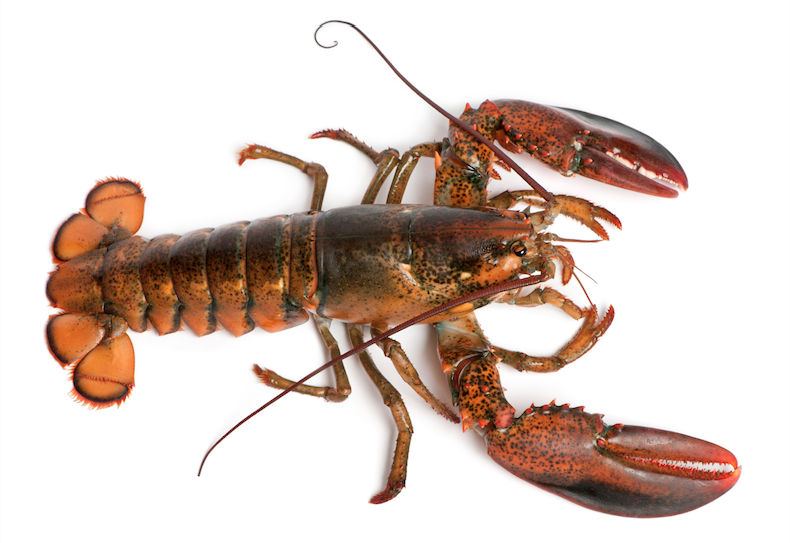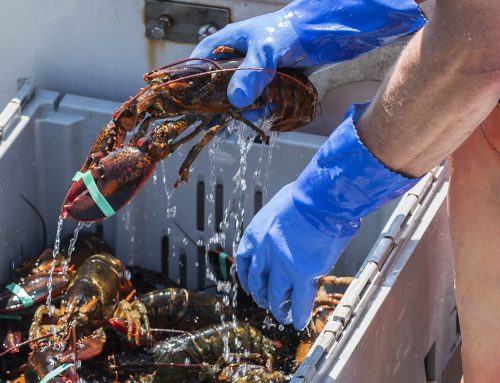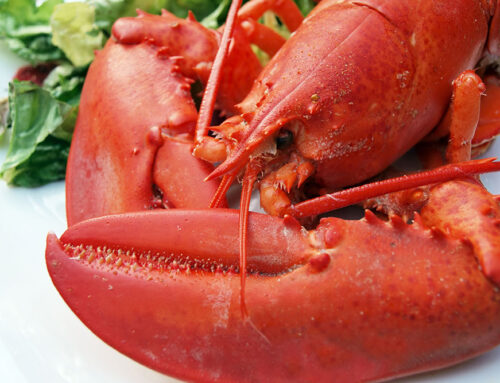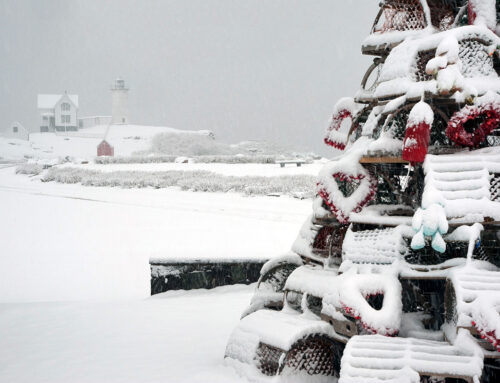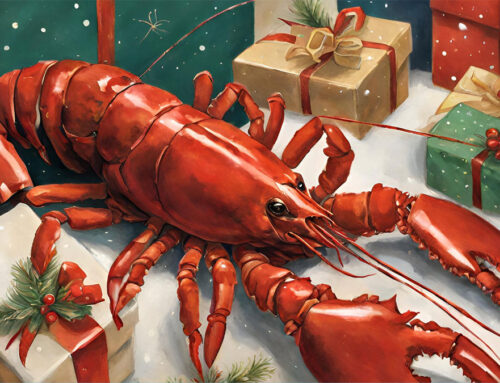Hard shell lobsters and soft shell lobsters are not different kinds of lobsters. They’re the same beast at different times of the year. Both versions make for great eating, but with differences. Some folks prefer hard and some prefer soft. But how can the famously crusty lobster have a soft side?
Lobsters grow by molting. They start out with a soft shell which hardens over the course of several days. Even after the shell hardens, their muscles continue to grow inside it. When the shell is too small to allow further growth, it splits open and the lobster crawls out with a new, larger, but very soft shell in place. The shell then hardens and the cycle repeats.
Lobsters molt several times per year during their first few years of life, until they reach 1 pound in weight, which is the minimum legal size in Maine. After that, growth slows down and the molting cycle is reduced to just once or twice a year for the rest of the lobster’s life.
When Soft Lobster is in Season
Between July and late September, lobster fishing is going full bore. (That’s why the Maine Lobster Festival is scheduled for August.) Lobsters migrate inshore to warmer waters, and this is the time when they shed their shells. They don’t all do it on exactly the same schedule, but there’s a preponderance of soft shell lobster during this period, and that’s what restaurants and lobster shacks primarily offer.
When the shell is still soft and relatively roomy, the extra space is filled with water. The upshot is that there is less meat per pound, so prices for soft shell lobster are lower.
Many locals are partial to the sweet and tender texture of a soft shell lobster. The extra water in their new shells marinates the meat and all you need is a small ramekin of melted butter to draw out the succulent flavor. The soft shell is also much easier to pick and crack. But be forewarned: because of the extra water, they are also messier. An abundance of napkins and wet naps will be necessary!
A Hard Lobster is Good to Find
From September into late November, the shell of lobster has hardened up. That’s when supply exceeds demand, and many lobsters are stored in pounds or shipped overseas, where demand spikes for holiday Maine lobster.
The hard shell lobster has more meat per pound and it’s jam-packed in the shell, but prices are also higher. Many people prefer the hard shell lobster’s firm, dense texture, and briny, flavorful taste. Cracking the hard shells and extracting the meat is more work, but for many, that’s half the adventure of having lobster in the rough. And less water in the shell means less of a mess.
Whatever your preference, having lobster should be on your Maine bucket list. Having Maine lobster at the Maine Lobster Festival is even better.

